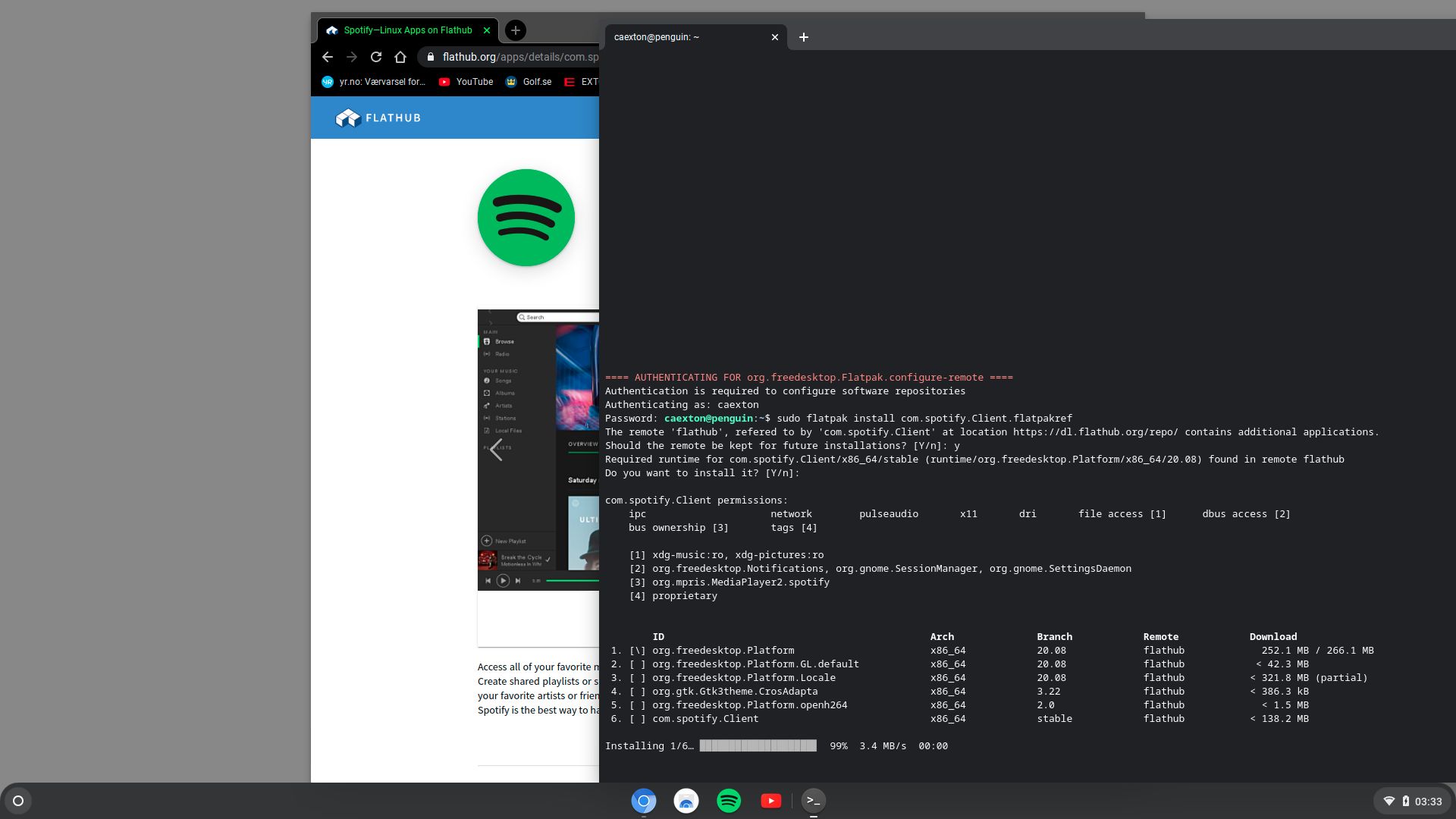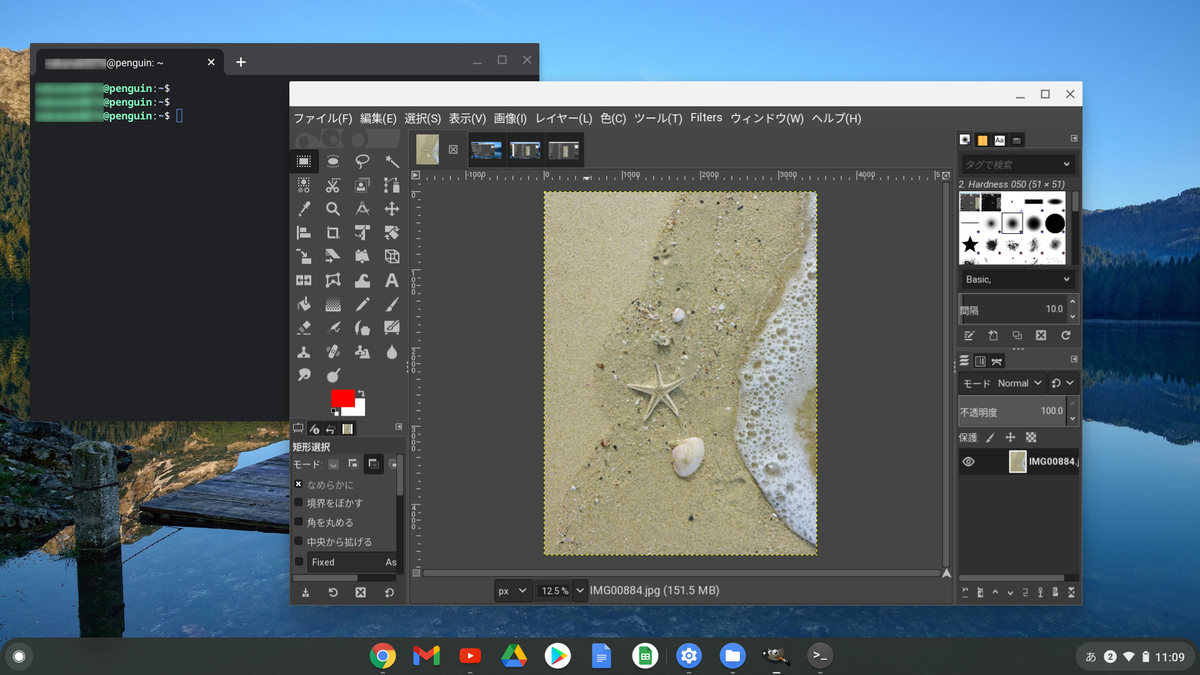
This part is similar to the beveling on the earlier text. This is our glow.Ĭreate the highlights using the selection tools. Layer>Duplicate Layer, then Filter>Blur>Gaussian Blur 32px.

With the empty layer selected and your extrusion color chosen, fill the selection with blue (choose your blue and use Edit>Fill with FG Color like before).Make a new layer in your 3D extrusion layer group.You should see an animated dashed border around the edge of the text. To do this, option+click on the layer group containing the first text block in the layers list, then option+shift+click on the group containing the second block. Create a selection from the shapes of the main shaded text.Make a new layer group above the background to hold the 3D extrusion layers.Start by clicking on the White/Black squares below the tool grid to pick your color, then use the gradient tool (same settings as before) to draw them. Draw the color gradients you want on this layer.Change the layer mode from "Normal" to "Color". Create a new transparent color layer and put it above your shaded text groups in the layer stack.Use Filters>Noise>Spread 16px, Filters>Blur>Gaussian Blur 8px, Colors>Brightness-Contrast 100 to go from a sharp border to a wavy one. Click on each layer mask in the list (not the layer itself) to select it. Use the Rectangle Select tool to select the top part of each gradient, right click on the corresponding highlight layer and choose Add Layer Mask>From Selection. Hit "x" to swap foreground/background colors, and then draw the gradients using the blend tool. Create white bilinear gradients like before.Change the layer mode from "Normal" to "Value" for each. Create 2 new transparent value layers for the highlights.Create a bilinear, black-to-transparent gradient on each layer using the Blend tool from the toolbar (icon looks like a gradient set mode to bilinear, gradient to FG to Transparent, click and drag from the middle of the text to the edge while holding ctrl for vertical snap).Create 2 new transparent value layers ( Layer>New Layer or button in layers list) above each of the main text layers.Put the layers in the groups if you haven't already, by dragging each text layer in the layers list onto the appropriate group.

You can use a grid or just move them by eye (use the move tool, and hold ctrl to align the movement to the vertical axis). You can use a grid ( Image>Configure Grid and View>Snap to Grid) or just use the Align tool from the toolbar.
:max_bytes(150000):strip_icc()/gimp-online-5bd5fc2fc9e77c0051e4c194.png)

Position the text layers horizontally.You'll want to use some nice fonts–I've used Heavy Data and Pacifico. Create text layers for the three pieces of text (using the Text tool–click and drag to define a bounding box, then type the text you want, then set the typeface, size, color and alignment in the tool options).We'll use these to hold the different parts of the image: Create and name some layer groups and arrange them ( Windows>Dockable Dialogs>Layers to show the layers list, click the Folder icon in the Layers dialog to create layer groups, drag them with the mouse to nest them).Fill the background layer with black using Edit>Fill with FG Color.I used 1024圆40 resolution (pretty close to the reference image). Once you pick up the techniques you should be able to follow most of the bolded steps without reading the additional instructions.


 0 kommentar(er)
0 kommentar(er)
